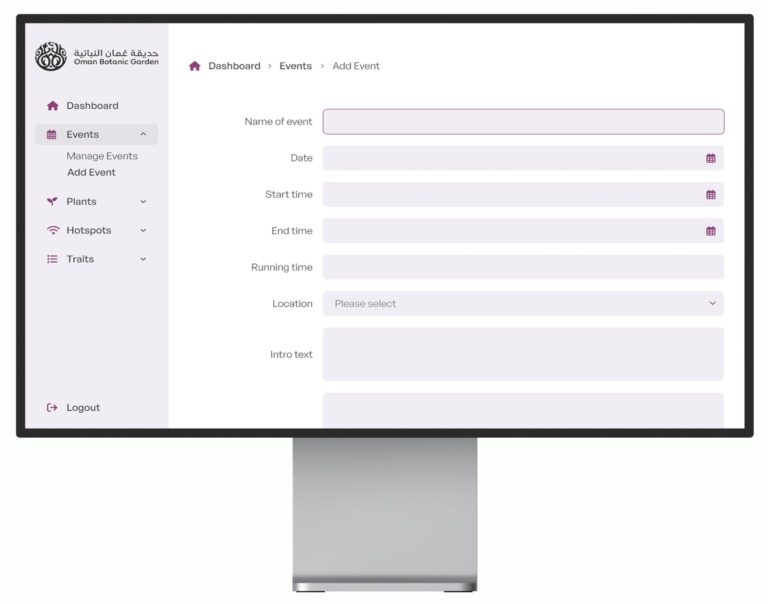We recently got asked to quote on building a social networking website (we were asked by a design agency and we’re secret-subcontractors so I’m afraid I can’t give examples of the site now it’s done) and we gave prices for both a bespoke solution and a wordpress set up (the site is primarily a blog with contributors so wordpress suited).
The client went with the wordpress software set up – understandably, as the business is a start-up idea and wordpress was the much cheaper option. But in our pitch we laid out the pros and cons of each option and so I thought I’d give them here to anyone else in a similar position, deciding which way to go.
Pros of using WordPress as a social networking site rather than having a bespoke solution:
Price. Installing and customising wordpress is a darn site cheaper than having your own bespoke website planned and built.
Features. This is kinda the same as above, but because I like wordpress, I want to give it more than one point under the “pros”. WordPress has a lot of great, easy to use features, and there are so many plugins available that if it can’t do what you want it to by default, chances are someone’s built something you can install in 2 minutes that does it.
Usability. WordPress – in it’s natural state – is very easy to use.
Cons of using WordPress as a social networking site rather than having a bespoke solution:
Limitations of functionality. Whilst wordpress does many, many wonderful things, as with all software, you’re limited to what exactly it can do (or what plugins can do). Software has to be designed to be broad – and suit as many people as possible as much of the time as possible. That means if you have quite specific requirements, you’ll try to bend it to fit and end up quite frustrated.
Usability. I know this is also listed as a pro! But whilst wordpress in it’s default state is very easy to use, as the client wanted something a little bit special from the look of the site, we used a professional theme which has inbuilt features. Whilst I think the theme we used was one of the best I’ve ever worked with (shout out to Magstar at Theme Forest) there are certain bits which have to be played with under the “Appearance” section of the admin menu rather than the usual places for categories etc, which had the client guessing for a while.
Upgrades. In between the time of me being asked to install and customise the wordpress site, and it going live, WordPress released a new version of the software. Which is fantastic – they’re on the ball and keeping up to speed on new features and any security issues. But I couldn’t give the client their brand new website with a big “There is a new version – you should upgrade” message on the dashboard every time they log in. So I had to upgrade the software – not a biggy, but I like to do it carefully so as not to lose any data and then if you’ve got any plugins/theme designs that aren’t compatible with the latest version, you’ve got to tread carefully/find alternatives. I was lucky that whilst the theme we used wasn’t actually stated as being compatible for the version of wordpress the site now uses, it seems to work OK. In a bespoke solution, built using a MVC framework, you could add new features/update anything necessary without any effect on the rest of the site – or at least know what the effects might be. It’s important to stay up to date with WordPress upgrades – so many millions of people use the software that for security you need to run the latest/a newish version. So by using wordpress you’re facing re-occurring costs.
User Profiles. The client was very keen to have separate user accounts, with logins and profiles so members can contribute to the blog. WordPress gives you accounts, with different levels of privileges, but there is no “user profile” page as such as with Facebook/Myspace etc. The login/register pages of WordPress are also out side of the design templates, and as we were using a professional theme with lots of nice features, it wasn’t straight forward to make the login page have exactly the same look and feel as the rest of the site. There are ways to do it that, but these can possibly risk the security of the procedure, or require php word which just adds a couple more hours to the budget. So we went for a loosely customised login/register page – clearly branded but doesn’t carry through the dynamic content the theme generates, such as the tag cloud and categories etc. Of course if it was a bespoke solution it could have had a nice “login” box along the top of every page, for example.
Business Development. As with the first “con” above, as the business develops more/different needs may arise that the site should address. However, these may not be possible within wordpress. But then – if the business is doing well, then maybe the client will decide to invest in a bespoke solution – it’s often a good idea to dip your toe in the water with a trial version of a site before embarking on all the features under the sun.


